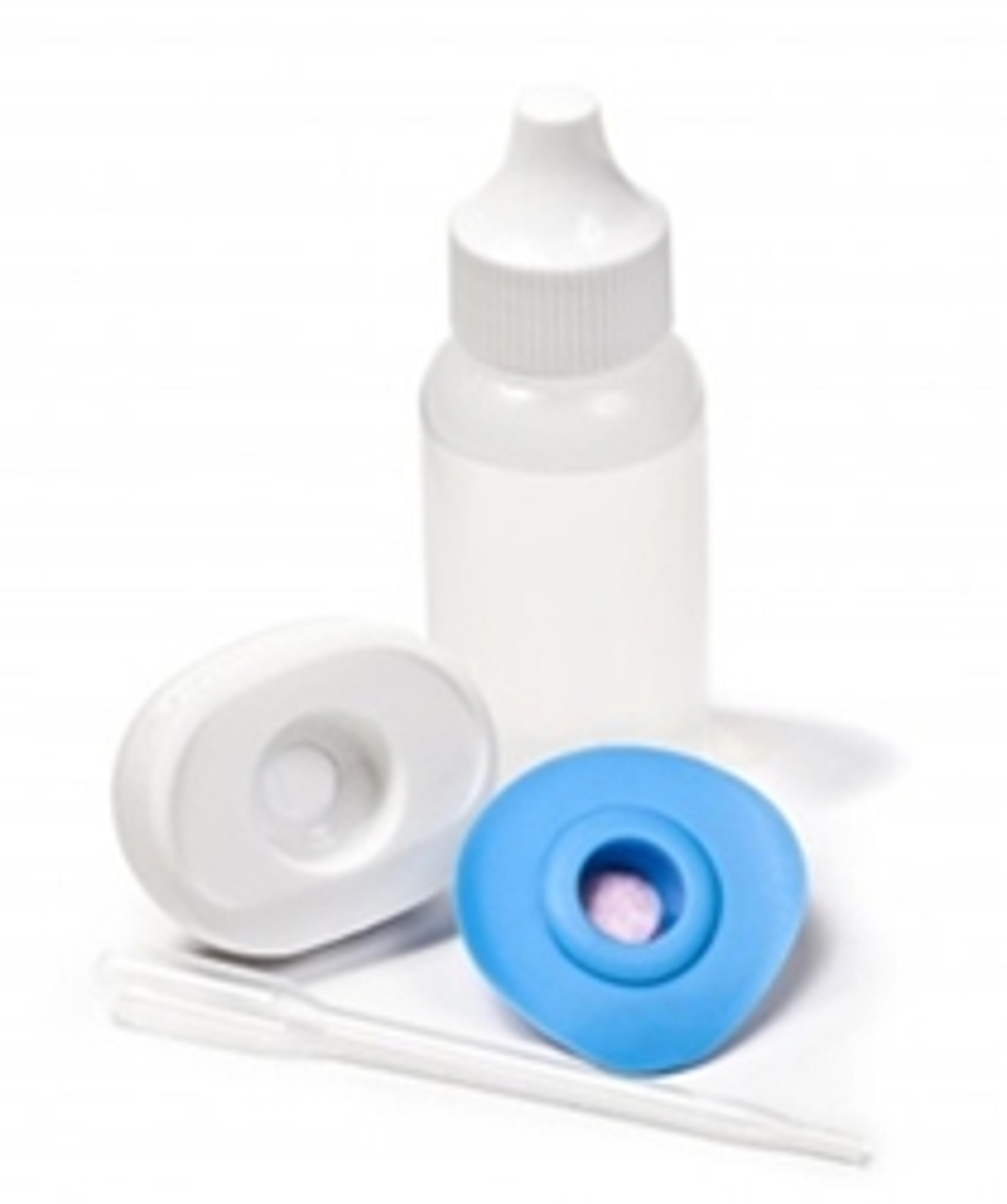How to Make Your Own Rapid Point-of-Care (POC) Test in Less Than an Hour
17 Sept 2014
The use of monoclonal antibodies (mab) as research tools in biological sciences, and as diagnostic and therapeutic agents in medicine is ubiquitous. Setting up hybridomas for mab production is expensive and therefore should be monitored for the quantity and quality of mab production. However, measuring antibody levels during hybridoma production is so time consuming that some antibody producers don’t even bother. Now there’s a test that’s so straightforward, anyone can use it, giving instant results in an extremely cost effective manner.
The traditional method for quantifying antibodies, the ELISA, takes three to four hours to complete, and that’s if you’re doing it quickly, notes Balwant Bhullar, PhD, of MedMira.
The Company’s senior research scientist says it’s too tedious to use ELISAs to measure antibody levels in the hundreds of hybridoma cell samples antibody suppliers typically have. Because of this, these suppliers choose to harvest cells at a set time based on historical cell growth curves.
Even when this protocol is followed, things don’t always go as planned. What if the cells aren’t producing or levels of antibodies are insufficient? Tough luck.
Dr. Bhullar said that MedMira’s Miriad RVF Toolkit can measure antibody levels in less than two minutes. He demonstrated this product, which harnesses the Company’s Rapid Vertical Flow Technology, in a poster presentation at the 2014 American Association for Clinical Chemists (AACC) Annual Meeting & Clinical Lab Expo in Chicago.
But the real point of the poster, he said, is that “it’s a really quick way to design your own assay.”
Out of the box, researchers can create their own assay using the Miriad RVF Toolkit in less than an hour, Dr. Bhullar said. For even faster results, scientists can pre-spot cartridges for future use, then complete the procedure in about two minutes. That’s about the time it takes to make a pot of coffee. Pre-spotted cartridges can be stored for up to a year.
“If you have your own antigen, all you do is just spot it and you’re done,” said Dr. Bhullar. Results are instantaneous. He said the procedure is “very simple and straightforward,” and does not require expertise in ELISA to complete.
Not only is RVF Technology easier and faster than ELISA, it’s up to 10 times faster than traditional rapid lateral flow tests, which take anywhere from five to 20 minutes. Dr. Bhullar cites a number of other useful features of MedMira’s RVF Technology based rapid tests:
• Elimination of false negative results due to the hook effect – The occurrence of false negative results caused by excessive analyte, a common problem in lateral flow assays, is eliminated by the unique design of RVF Technology based rapid tests.
• Positive control – Every RVF test includes a positive control to alert the user if a sample was not added. This prevents the human error of leaving out a sample from causing a negative result.
• Ability to multiplex – RVF Technology can be used to test up to five antigens (or antibodies) simultaneously. Antibody producers can use this
• RVF Technology platform to determine the specificity or cross-reactivity of their antibodies.
Many researchers, including Brazilian professor, Dr. Joaquín Patarroyo, are converting their laboratory-based assays into rapid point-of-care (POC) tests using the Miriad kit. Miriad RVF Toolkit is the only commercially available assay development kit that researchers can use to create their own rapid POC test without worrying about the formulation and optimization of multiple components of traditional lateral flow tests. Life sciences professionals can license the technology from MedMira, freeing them to market their own tests.

